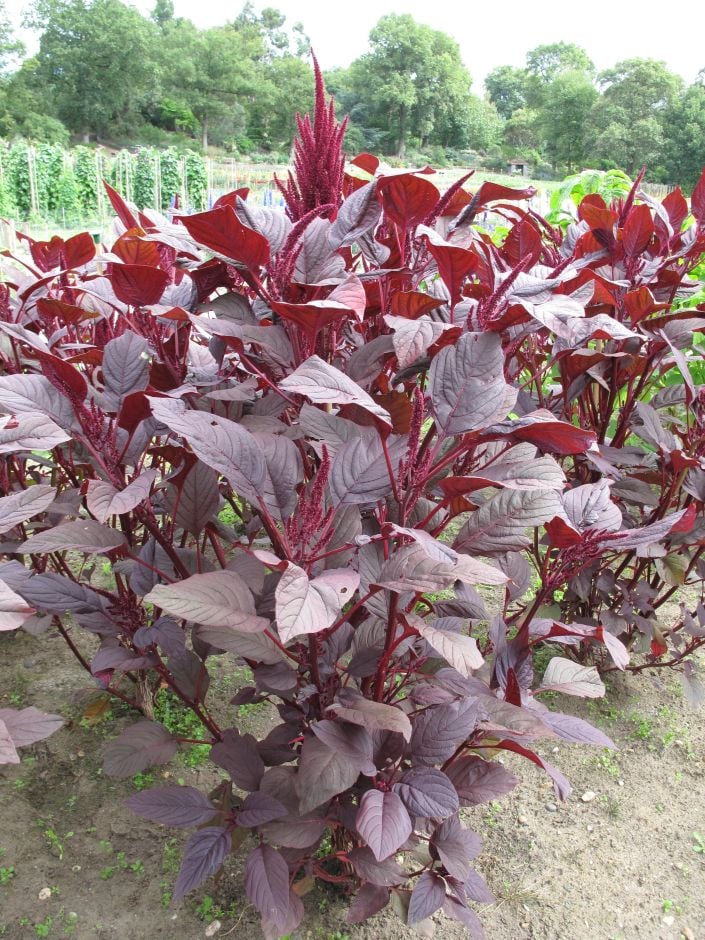Size
Ultimate height
0.5–1 metresTime to ultimate height
1 yearUltimate spread
0.5–1 metresGrowing conditions
Moisture
Moist but well–drainedpH
Acid, Alkaline, NeutralColour & scent
| Stem | Flower | Foliage | Fruit | |
| Spring | ||||
|---|---|---|---|---|
| Summer | Red | Red | ||
| Autumn | Red | Red | ||
| Winter |
Position
- Full sun
Aspect
West–facing or South–facing or East–facing
Exposure
ShelteredDrought resistance
Yes Hardiness
H2Botanical details
- Family
- Amaranthaceae
- Native to GB / Ireland
- No
- Foliage
- Deciduous
- Habit
- Bushy
- Genus
Amaranthus can be upright or spreading annuals or short-lived perennials, with simple leaves and tiny flowers borne in dense, erect or pendulous, catkin-like inflorescences in summer and autumn
- Name status
Accepted
How to grow
Cultivation
Under glass grow in peat-free, loam-based compost in full light. Outdoors for summer bedding, grow in moderately fertile, humus-rich, moist soil in full sun in a sheltered site. Water freely during summer to prolong flowering
Propagation
Propagate by seed sown at 20C (68F) in mid-spring
Suggested planting locations and garden types
- City and courtyard gardens
- Cottage and informal garden
- Sub-tropical
- Cut flowers
- Flower borders and beds
Pruning
Remove dead plants grown as summer bedding after flowering
Pests
May be susceptible to aphids
Diseases
May be susceptible to a virus
Love gardening
Sign up to receive regular gardening tips, inspiration, offers and more
View our Privacy Policy
Get involved
The Royal Horticultural Society is the UK’s leading gardening charity. We aim to enrich everyone’s life through plants, and make the UK a greener and more beautiful place.
